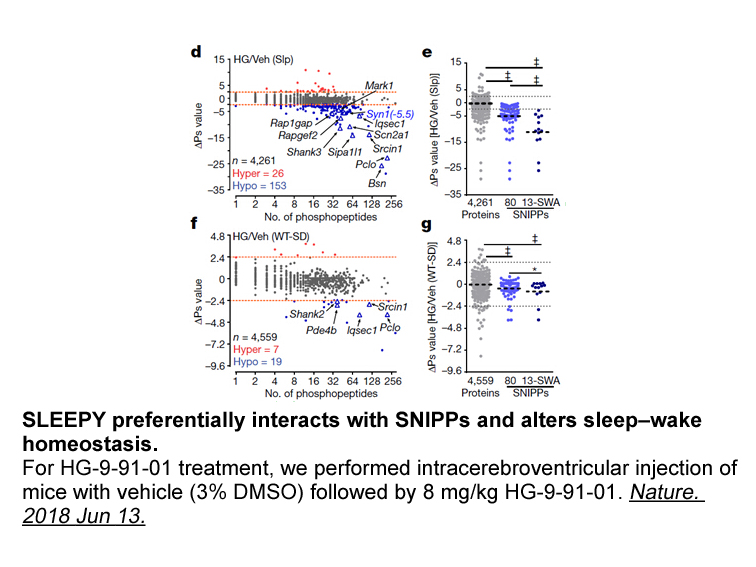Archives
DNMT is the dominating enzyme responsible for maintenance of
DNMT1is the dominating enzyme responsible for maintenance of the DNA methylation pattern and the primary enzyme responsible for copying methylation patterns following DNA replication (Moore et al., 2013). DNMT1 maintains the mitotic inheritance of the original methylation pattern in a cell lineage during replication by copying the methylation pattern of the parent DNA strand onto the newly synthesized strand (Gibney and Nolan, 2010; Moore et al., 2013). During replication, DNMT1 completes this task by localizing to the replication fork where newly synthesized hemimethylated DNA is formed and by targeting hemimethylated DNA over unmethylated DNA (Prokhortchouk and Defossez, 2008; Moore et al., 2013). By mimicking the original methylation pattern, DNMT1 catalyzes the transfer of the methyl group from S-adenosylmethionine when it is bound to the newly synthesized DNA, and DNMT1 also possesses the ability to repair DNA methylation (Moore et al., 2013). DNMT1 is able to discriminate between hemimethylated and unmethylated DNA (Prokhortchouk and Defossez, 2008). DNMT1 is highly expressed in mammalian tissues including the src inhibitors (Moore et al., 2013). DNMT1 transcript and protein is also expressed in many human organs and tissues with particularly high expression levels in placenta, testis and lymph node (The Human Protein Atlas). Transcripts encoding DNMT1 are present in preimplantation embryos and contribute to the increasing methylation during early embryo development. The DNMT1 protein is abundantly expressed in cells of the developing embryo, and it is detected in the early postimplantation embryo (Yoder and Bestor, 1998).
DNMT3 enzymes are responsible for establishing de novo methylation because they can introduce methylation into naked DNA and hence control meiotic inheritance and because de novo DNMTs are capable of methylating both native and synthetic DNA without the preference for hemimethylated DNA (He et al., 2011; Moore et al., 2013). DNMT3A is expressed ubiquitously while DNMT3B is mainly expressed in the thyroid, testes and bone marrow (Moore et al., 2013). DNMT3B is expressed as early as at the 8-cell stage in bovine embryos (Graf et al., 2014). The third member of the DNMT3 family, DNMT3L, has no catalytic activity but acts as a regulator factor of DNMT3A and DNMT3B for de novo methylation (Deplus et al., 2002; Moore et al., 2013). DNMT2, also named TRDMT1, methylates RNA instead of DNA; more specifically it methylates cytosine 38 in the anticodon loop of aspartic acid transfer RNA (Goll et al., 2006). DNMT2 is probably also involved in recognition of DNA damage, DNA recombination and mutation repair (Hermann et al., 2003).
During aging a global loss of methylation can be observed both in human and mice (Fraga and Esteller, 2007; Jones et al., 2015; Wang et al., 2017). A comparison of global methylation in newborns and centenarians revealed more hypomethylated DNA sequences in the advanced age group (Heyn et al., 2012).
Materials and methods
Results and discussion
Acknowledgements
The authors wish to thank Bente Flügel, Hanne Jørgensen, Mahesha Perera, Søren Svendsen and Connie Jakobsen Juhl for excellent technical assistance. The work was supported financially by a grant from the Danish Agency for Science, Technology and Innovation (274-09-0299).
Introduction
Genesis and maturation of gametes are couple with meiotic process, which is the basis and premise of sexual reproduction. The progression of meiosis is under strict surveillance by checkpoints. One of the important checkpoints is pachytene checkpoint, which monitored meiotic errors of double-strand break (DSB) repair, homologous chromosome synapsis and recombination to avoid aberrant meiotic products (Roeder and Bailis, 2000). Usually, during the normal oocyte developmental process of teleost fish , oocytes could successfully passed the pachytene checkpoint, but experienced the first arrest at diplotene stage of prophase I for the following oocyte volume growth (Kagawa, 2013). While in animal breeding, especially in distant hybridization breeding, changes of reproductive characteristics, such as hybrid sterility and producing unreduced gametes, were closely related to pachytene checkpoint for the hybrid offspring containing heterogeneous genomic composition (Li et al., 2009). However, until now, the study related to the underlying regulating mechanism of the pachytene checkpoint, which impairment directly resulted in sterility, is largely unknown in teleost fish.
, oocytes could successfully passed the pachytene checkpoint, but experienced the first arrest at diplotene stage of prophase I for the following oocyte volume growth (Kagawa, 2013). While in animal breeding, especially in distant hybridization breeding, changes of reproductive characteristics, such as hybrid sterility and producing unreduced gametes, were closely related to pachytene checkpoint for the hybrid offspring containing heterogeneous genomic composition (Li et al., 2009). However, until now, the study related to the underlying regulating mechanism of the pachytene checkpoint, which impairment directly resulted in sterility, is largely unknown in teleost fish.